How to Find Transformation: Rotations, Reflections, and Translations?
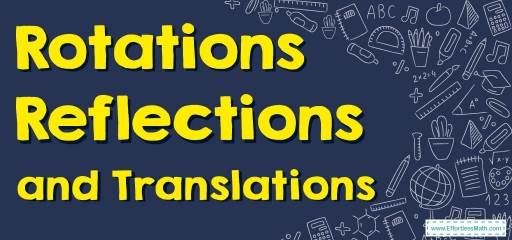
Transformation: Rotations, Reflections, and Translations – Example 1:
Transformation: Rotations, Reflections, and Translations – Example 2:
Solution:
The figure has been flipped over the line. So, the given picture represents a reflection.
Transformation: Rotations, Reflections, and Translations – Example 3:
Determine whether the given picture represents a reflection, rotation, or translation.
Solution:
The figure has been rotated. So, the given picture represents a rotation.
Transformation: Rotations, Reflections, and Translations – Example 4:
Determine whether the given picture represents a reflection, rotation, or translation.
Solution:
The figure has been moved. So, the given movement represents a translation.
Exercises for Transformation: Rotations, Reflections, and Translations
Determine whether the given picture represents a reflection, rotation, or translation.
1.
3.
2.
4.
- rotation
- reflection
- translation
- reflection
Related to This Article
More math articles
- The Ultimate College Algebra Course (+FREE Worksheets & Tests)
- 10 Most Common OAR Math Questions
- 8th Grade RISE Math Worksheets: FREE & Printable
- Full-Length 6th Grade GMAS Math Practice Test-Answers and Explanations
- Cofunction Identities
- Triangle Inequality
- Absolute Value Definition
- The Ultimate Praxis Algebra 1 (5162) Course (+FREE Worksheets)
- How is the PSAT/NMSQT Test Scored?
- TSI Math Test: Complete Preparation Guide



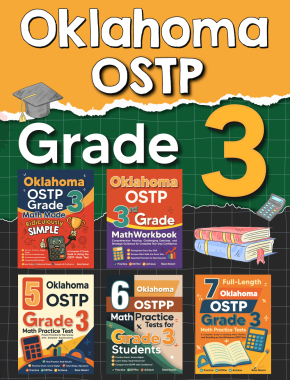
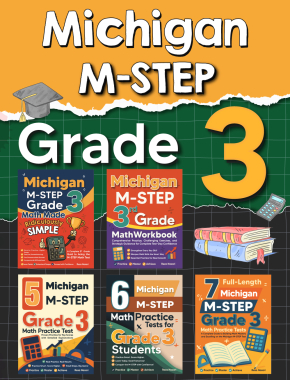
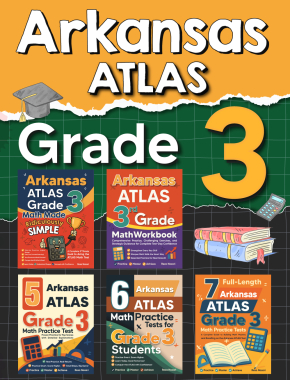

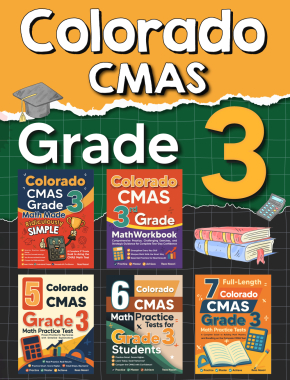
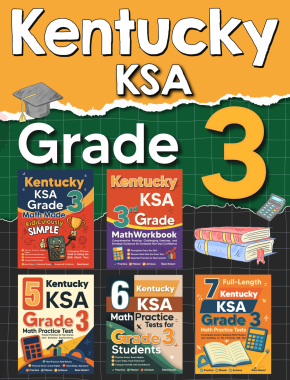
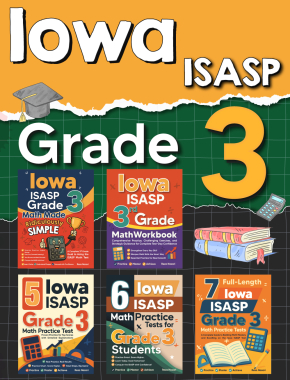
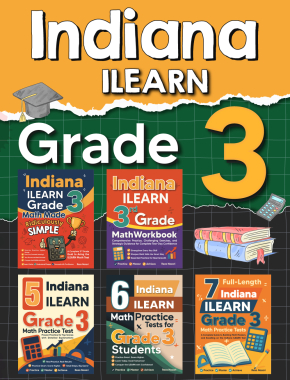
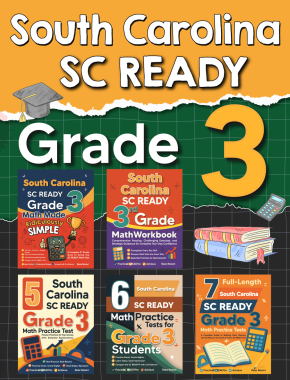
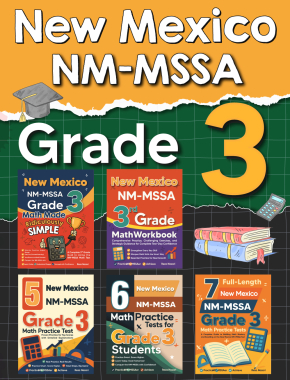
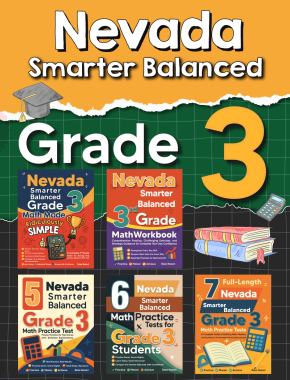
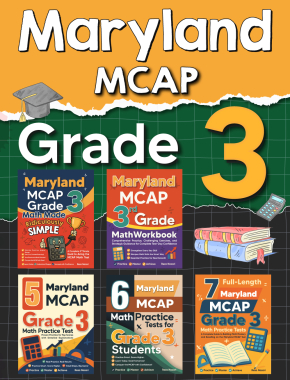
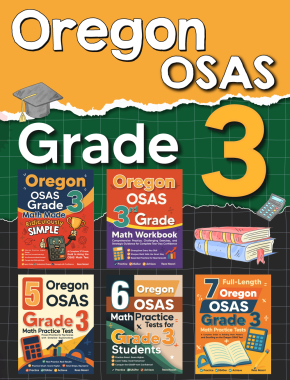
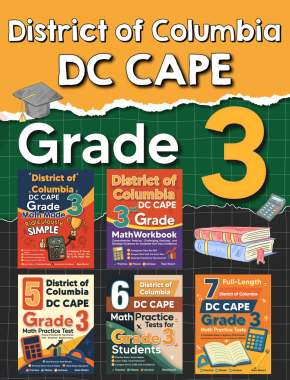
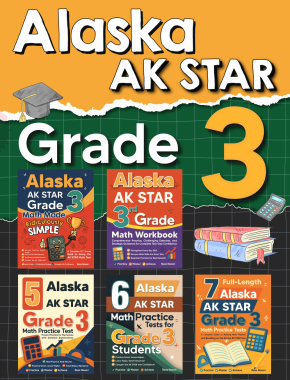
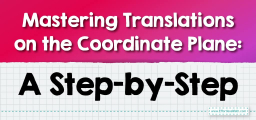
What people say about "How to Find Transformation: Rotations, Reflections, and Translations? - Effortless Math: We Help Students Learn to LOVE Mathematics"?
No one replied yet.